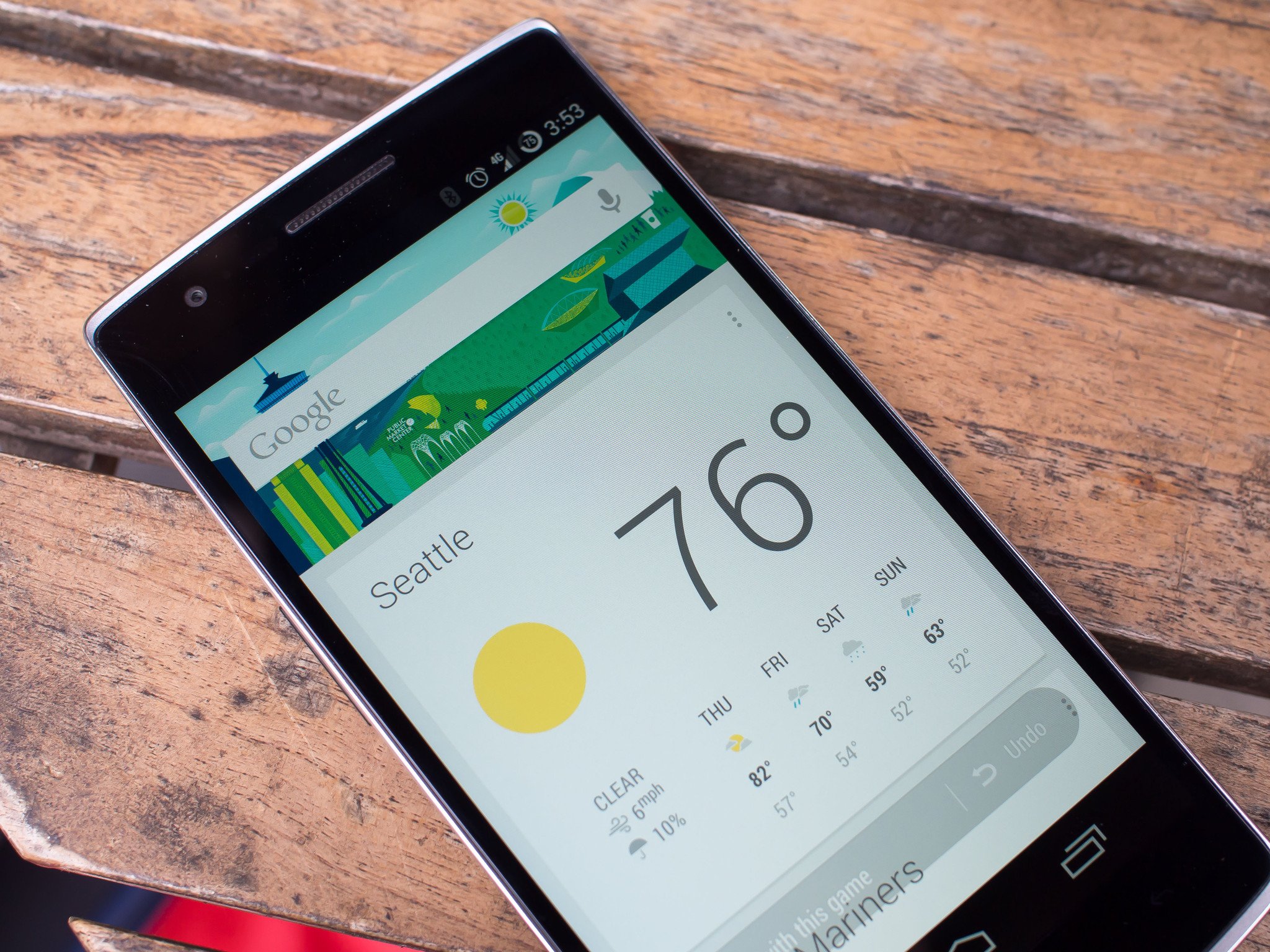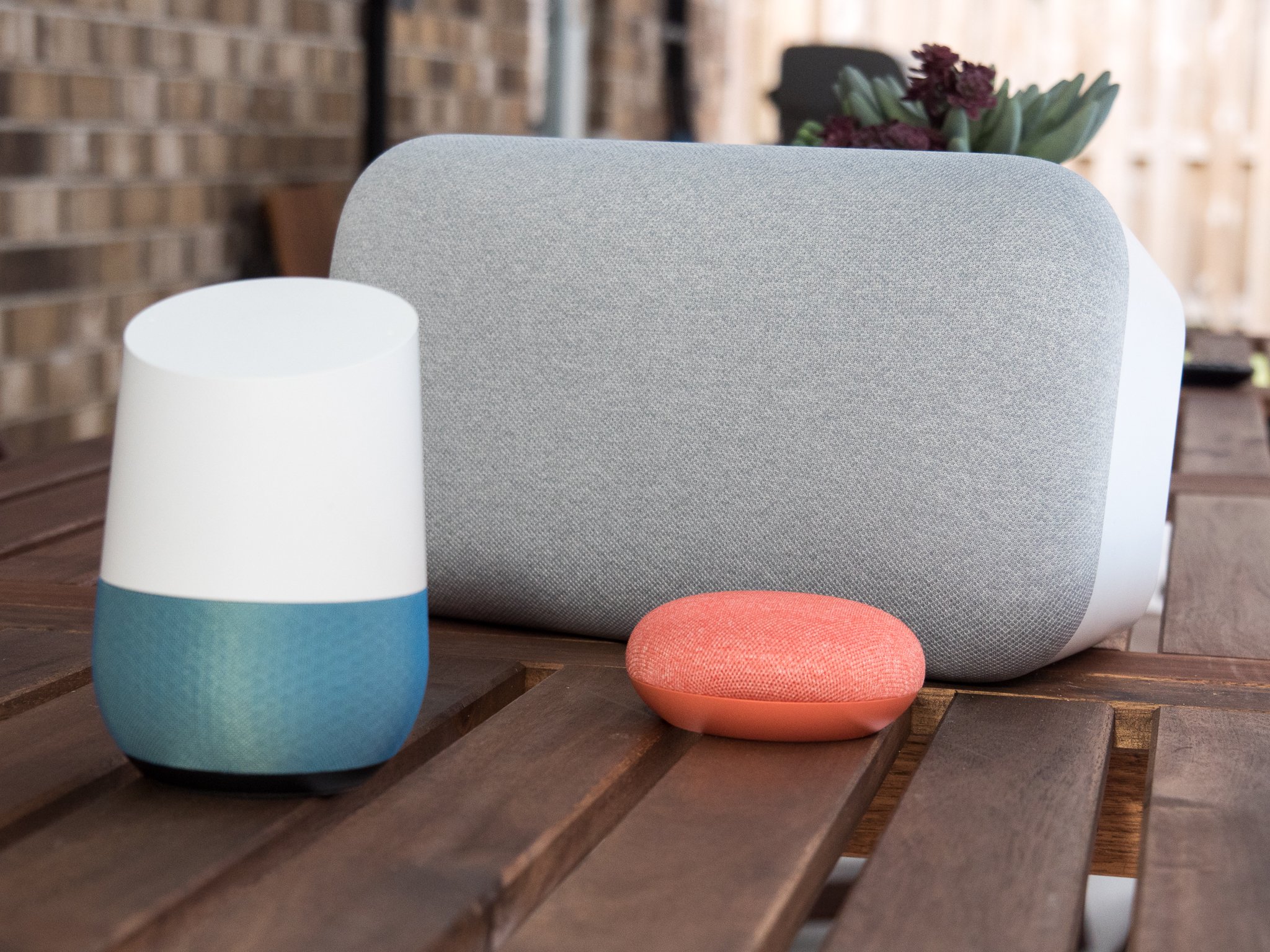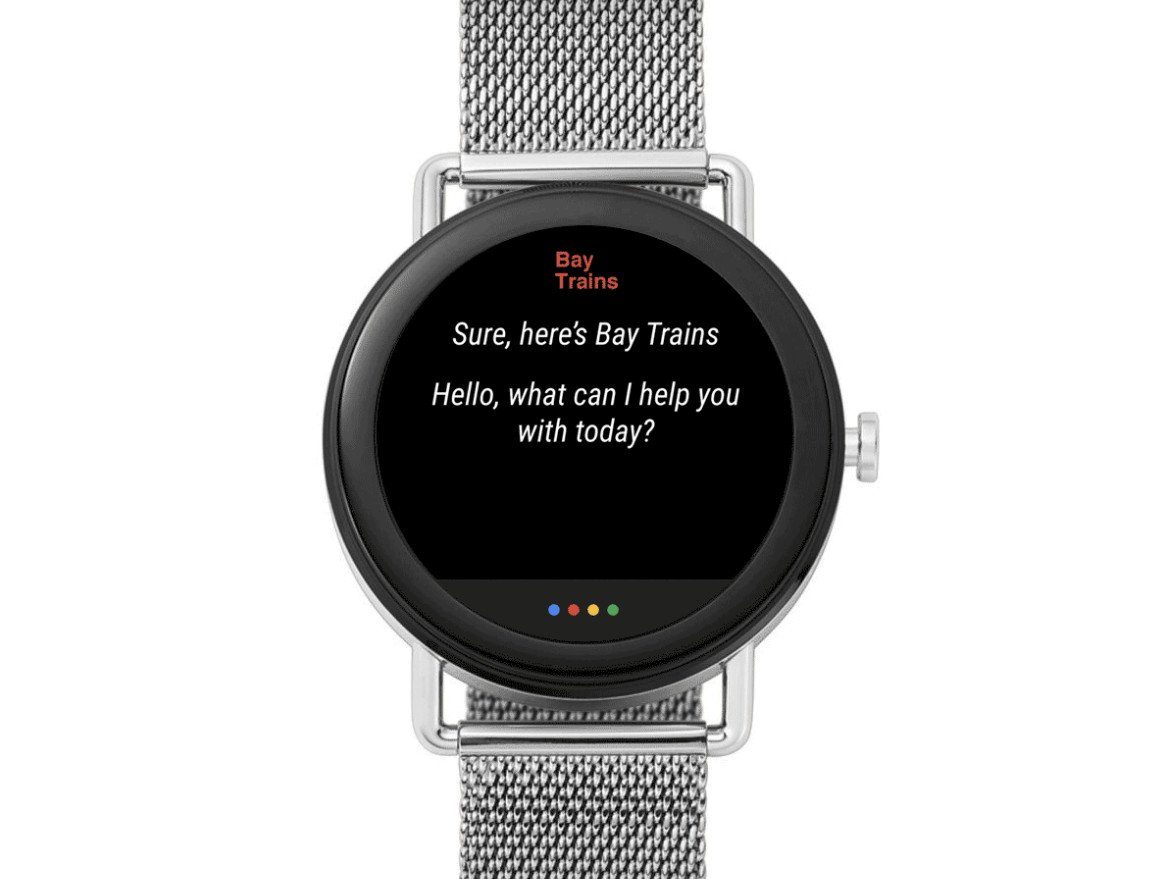There's a lot going on with the Google Assistant — let's break down the important stuff.
In May 2016, we got our very first taste of the Google Assistant with the debut of Allo. The Assistant was a big draw to Allo at the time, with Google marketing it as a helpful bot that could make restaurant reservations, search the web, and more within your conversations.
Since then, the Assistant has gained heaps of new features and expanded to smartphones, tablets, speakers, and more. Google's shown no interest in slowing down development for the Assistant, meaning that it's likely here for the long-haul.
Whether this is your first encounter with it or you just need a quick refresher, here's everything you need to know about the Google Assistant.
May 9, 2018 — Google announced a heap of new features at I/O
To little surprise, the Google Assistant was the star of the show for a good chunk of I/O's opening keynote this year.
A lot of new features were announced for the Assistant, including new voices, the ability to ask follow-up questions without having to say "Hey, Google" each time, and an option for making your own custom Routines.
However, the most exciting thing was a system called Google Duplex. With this, the Assistant can call businesses and make appointments/reservations on your behalf. It's wickedly cool and definitely one of the wildest things to come out of this year's conference.
What's new in Google Home and Assistant at Google I/O 2018
Google Now paved the way for Google Assistant
The Google Now page compared to the new Google Feed.
Before there was the Google Assistant, we had Google Now. Google Now was introduced to the world all the way back in 2012, offering contextual info through the Google Now page and helpful answers to random questions with an "OK Google" voice command.
A lot of what made Google Now so great can still be found in the Google Assistant today, with the exception of the Google Now page. The Google Now page used to be home to cards showcasing the weather, information on packages that had shipped from online orders, boarding passes, and more. It's since been replaced by the Google Feed – a collection of news stories Google thinks you'll be interested in – and it's definitely the biggest departure between the two services.
The Google Assistant as a whole is still more powerful than Google Now ever was, but long-time Android users like myself are still mourning the loss of that Now page. RIP, old friend.
Read more: Google Now is being left to wither and die as Google Assistant takes the focus
It's available on just about everything
In just a few short years, the Google Assistant's gone from being exclusive to a now-failed chat app to being integrated into just about anything you can think of.
You'll find Google Assistant built right into most Android phones, it's the star of the show for the Google Home lineup, and it's even making its way into sound bars.
Here's the full list of devices with Google Assistant
Setting up the Google Assistant is as easy or complex as you want
When you set up a device for the first time that has the Assistant, getting started is pretty simple. Accessing it is just a voice command or tap away depending on what gadget you're using, but if you want to really fine-tune your experience, Google's got you covered.
Take a quick dive into your Assistant settings and you'll find options for just about everything – including your weather preferences, changing the Assistant's voice, retraining your voice model, picking out preferred news sources, and much more.
Let Tom walk you through everything with his full guide
Google Home's the premier way to get the Assistant in your house (at least for now)
It's great to have the Google Assistant on your phone, but if you want to truly experience just how helpful it can be, you'll want to consider picking up a Google Home.
Google Home is Google's line of smart speakers that put the Assistant on full-display, allowing you to control smart devices, ask random questions, set timers, play music, and more by just using your voice.
You can spend as little as $49 for the Google Home Mini, $129 for the original Google Home, or a whopping $399 for the Google Home Max.
However, as great as the Home series is, don't forget that Smart Displays are just on the horizon.
Announced at CES 2018, Smart Displays are essentially smart speakers with the Google Assistant and a touch screen display that can show you helpful visuals when talking to them. It's basically Google's answer to the Amazon Echo Show and Echo Spot, and we can't wait to see more from them.
Everything you need to know about Google's Home speakers
Then again, is an always-listening speaker the right fit for your home?
However, the convenience of a Google Home (or any smart speaker for that matter) does come at the cost of privacy. Speakers like the Google Home are "always listening", meaning they're constantly on the lookout for a hot word to know when you're talking to it (such as "Ok, Google" and "Hey, Google").
This means the microphone on a Google Home is always active, but it's not necessarily storing all the audio it hears when it doesn't detect its hot word.
Most all speakers allow you to restore some privacy by being able to mute the microphone, but if you want to start asking the Assistant questions, you'll need to unmute it first.
To learn more about these "always listening" speakers, I'll pass the mic over to Jerry
Big upgrades are coming to the Assistant on Wear OS
Switching gears for a second, the Google Assistant on Wear OS (formerly Android Wear) is about to get a big upgrade.
In the near future, the Assistant on Wear OS will support Assistant Actions (basically apps for the Assistant) and give you the option to hear its responses through your watch's speaker or a pair of connected Bluetooth headphones.
Along with this, Google will be adding something called "smart suggestions." After asking the Assistant for the weather, for example, you'll see little bubbles for "weather tonight", "use celsius", and more so you can continue the conversation with just the tap of your finger. Google Assistant on Android offers something similar, and it's a great tool to have.
You'll get the same experience no matter what devices you use
With so many devices capable of running the Assistant, it'd be easy to think that the experience you get on one gadget would be different from another. This is something that Google struggled with for a while at first, but we're finally in a position where the Assistant experience you get on a smart speaker, for example, is the same you'll get on your phone.
There are a handful of features here and there that still create for some discrepency, but for the most part, the Assistant you use on your Pixel 2 is the same one found on Google Home.
Google Home and Google Assistant finally offer the same experience
from Android Central - Android Forums, News, Reviews, Help and Android Wallpapers https://ift.tt/2rsLeqD





No comments:
Post a Comment